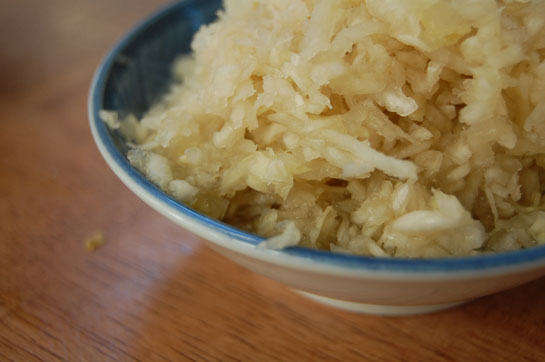
What's in Season?
When planning your next Raw Food Meal, this list makes planning easier. Enjoy.
All Year Plants, flowers, mushrooms, fruit, nuts, lettuce, greens
January - Avocados, macadamia nuts, strawberries, broccoli, kumquats, lemons, cabbage, cauliflower, celery, rhubarb, carrots, beets, tangerines, snow peas, sugar snaps, lettuce, cherimoyas, guavas
February - Navel oranges, lemons, avocados, kumquats, strawberries, cauliflower, asparagus, artichokes, rhubarb, tangerines, tangelos, carrots, celery, cabbage, peas, beets, cherimoyas, guavas
March - Navel oranges, lemons, strawberries, squash, rhubarb, asparagus, carrots, peas, artichokes, tangelos, grapefruit, avocados, cherimoyas, guavas
April - Navel and Valencia oranges, grapefruit, lemons, avocados, strawberries, squash, snap peas, beans, carrots, beets, turnips, radishes, cherimoyas
May - Valencia oranges, grapefruit, lemons, strawberries, avocados, sweet corn, peas, beans, squash, potatoes, tomatoes, carrots, sweet onions, cucumbers, cherimoyas
June - Valencia oranges, grapefruit, lemons, peaches, plums apricots, avocados, eggplant, corn, peppers, potatoes, tomatoes, cucumbers, raspberries, boysenberries, blackberries, sweet onions, cherimoyas
July - Sweet corn, melons, Valencia oranges, grapefruit, avocados, tomatoes, beans, raspberries, potatoes, onions, peppers, figs,
August -Sweet corn, melons, Valencia oranges, grapefruit, peaches, plums, apricots, avocados, tomatoes, cucumbers, beans, carrots, squash raspberries, potatoes, boysenberries, blackberries, apples, figs
September - Sweet corn, melons, Valencia oranges, grapefruit, peaches, plums, avocados, tomatoes, grapes, squash, cucumbers, beans, carrots, raspberries, potatoes, apples, onions, peppers, figs
October - Sweet corn, melons, Valencia oranges, grapefruit peaches, avocados, tomatoes, grapes, sweet potatoes, cucumbers, beans, carrots, potatoes, apples, onions, peppers, figs, Asian pears, pears
November - Melons, Valencia oranges, grapefruit, tomatoes, sweet potatoes, cucumbers, beans, carrots, raspberries, potatoes, apples, onions, peppers, Asian pears, pears, pumpkins, persimmons, macadamia nuts, kiwis, cherimoyas, guavas
December - Tangerines, grapefruit, macadamia nuts, avocados, cabbages, cauliflower, broccoli, apples, kiwis, carrots, beets, lemons, cherimoyas, guavas







